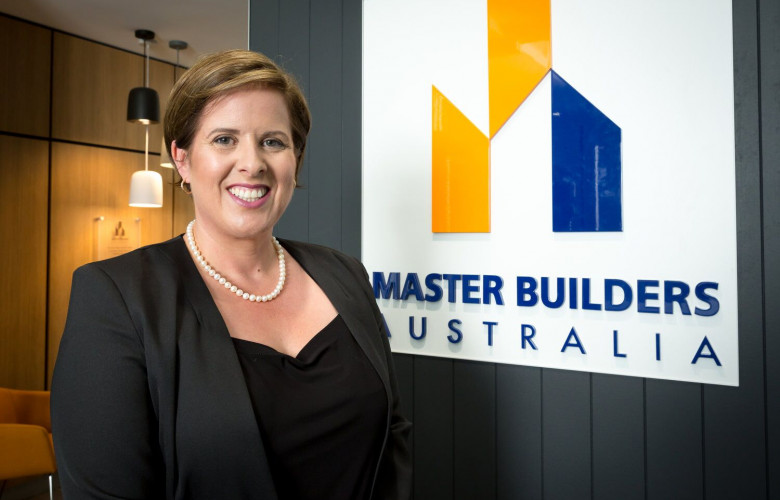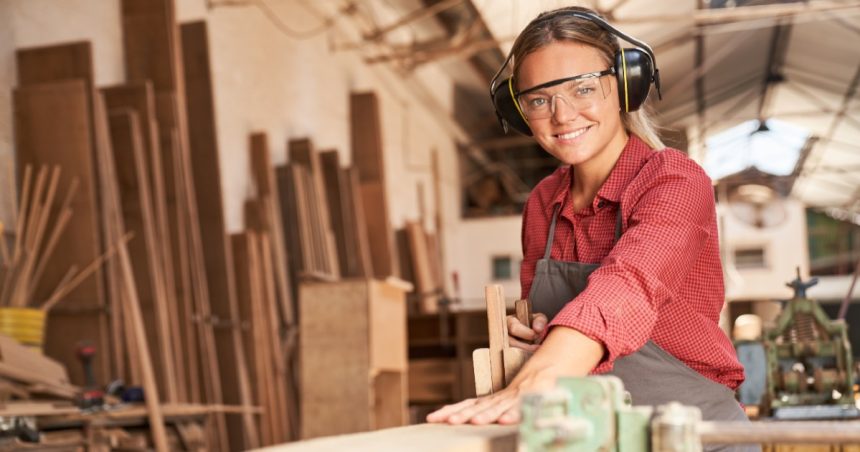Recently introduced support measures for lady tradies are helping to increase women’s retention and completion rates in trade industries.
The new changes, introduced on July 1, will tool up female apprentices and their employers to help them nail down their future careers.
Industry bodies and the government have long stressed the need to boost female participation in all trades as Australia tries to attract the additional 486,000 workers needed to support demand.
A recent government report, titled ‘Working Future: The Australian Government’s White Paper on Jobs and Opportunities,’ found that less than 3 per cent of all tradespeople were women.
Meanwhile, less than half of all female apprentices complete their training and actually enter the trades, demonstrating the need to assist female participation to tackle critical workplace shortages in the housing, renewable, and infrastructure sectors.

The new tailored support will see the Department of Employment and Workplace Relations partner with Australian Apprenticeship Service Providers to deliver peer support networks, career guidance, advice channels and complex needs support for women undertaking an apprenticeship.
While employers receive strategic supervision and apprentice management assistance, they are also educated about their roles and responsibilities and have a greater connection to training and support services.
AAS Providers will work with apprentices and employers before an apprenticeship starts to identify individual needs, help find the right pathway and support, ensure qualification completion, and set up female apprentices for success.
Industry bodies back support
Master Builders Australia CEO Denita Wawn shoveled praise on the changes which she says will play a critical role in building up Australia’s lagging tradie numbers.
“Policies that prioritise attracting, recruiting, training and retaining workers in the industry will be vital to ensure Australia’s housing and infrastructure needs can be delivered,” she said.
“Workplace shortages are putting immense pressure on our ability to meet housing targets, and Master Builders believes women will play a vital role in rectifying that.”
“As one of the biggest sectors in the economy, the building and construction industry employs over 1.3 million Australians, but a female participation rate of (under) 15 per cent, with only 3 per cent on the tools, is simply not good enough.”

“Increased female participation has many benefits; it lifts productivity, boosts the economy, facilitates financial independence, assists in developing an inclusive and diverse culture and meets the much-needed workforce shortages the building and construction industry is facing.”
Apprenticeship support provider WPC Group says the additional support benefits employers as much as they do future tradies.
“WPC Group has a proven ability to enable enterprises large and small to find enduring solutions to their skills and workforce development needs, regardless of how complex and challenging they may appear,” they said.
“Together with our employer partners, we’ve supported more than 20,000 people as they build their skills and bridge the gap towards a meaningful career.”
The targeted support will also extend to First Nations Australians, those with disabilities, those located in remote areas, as well as apprentices at risk of non-completion.







